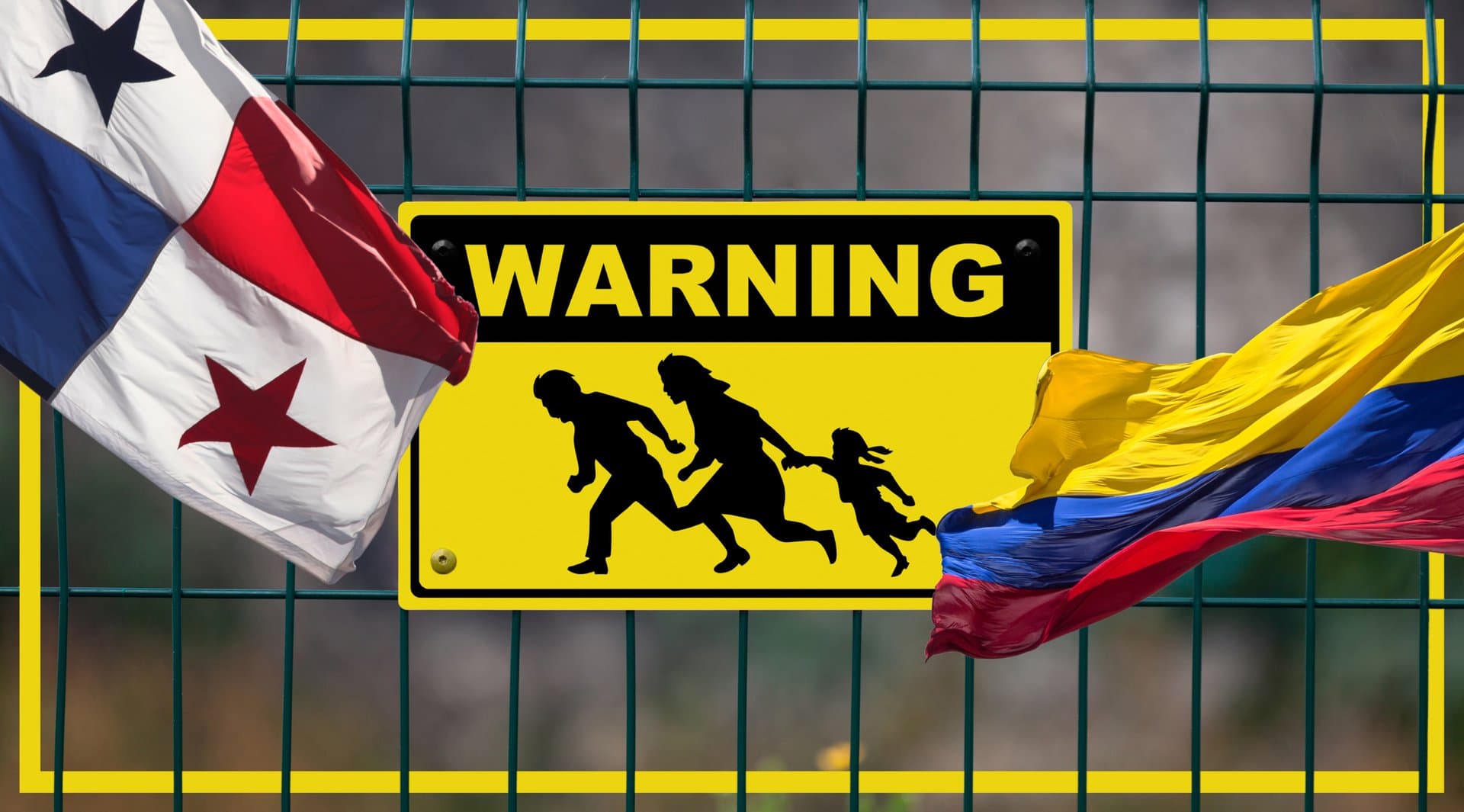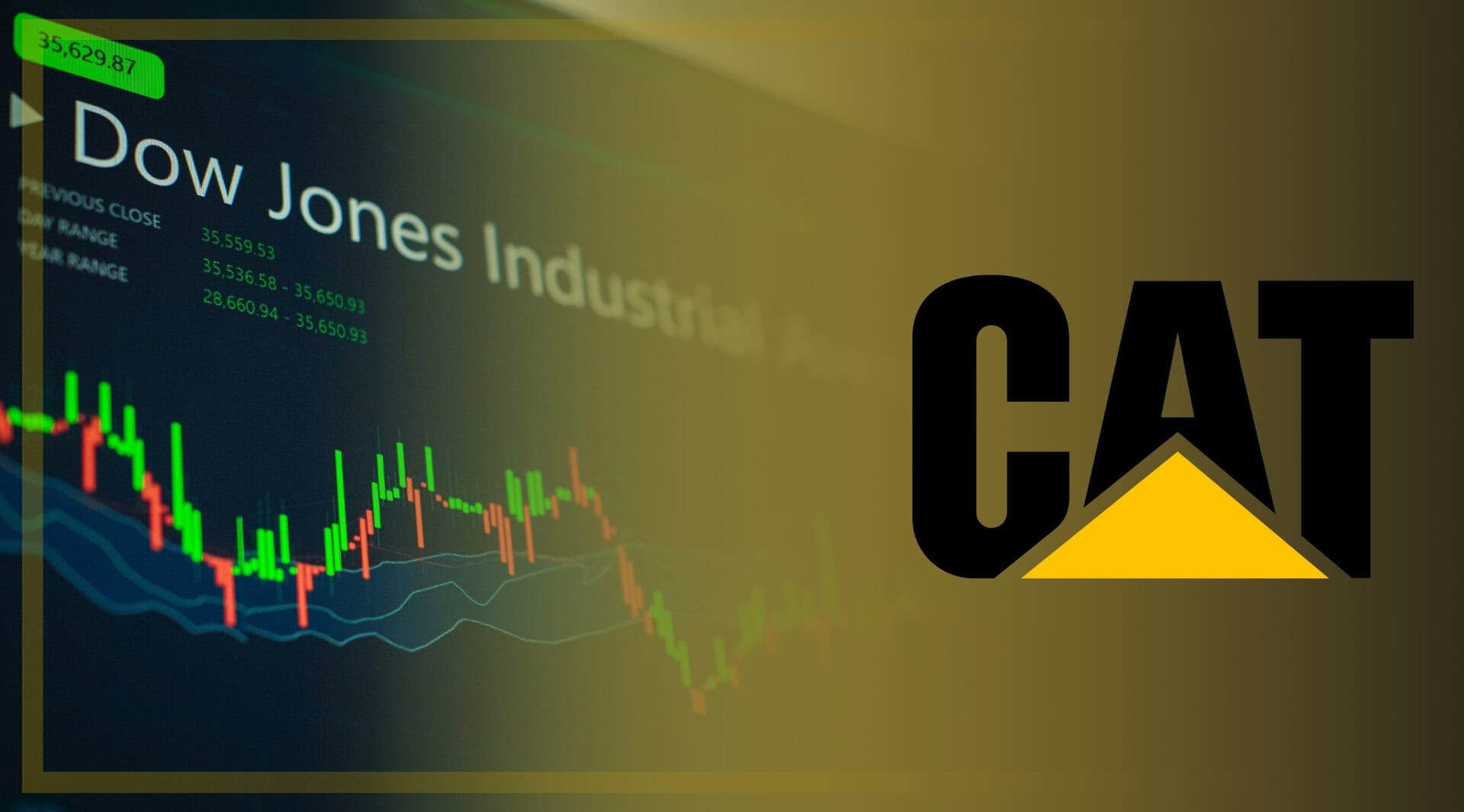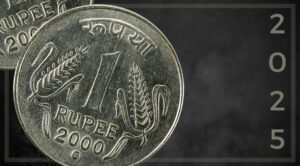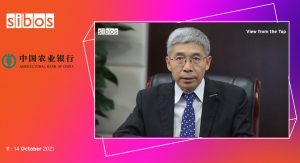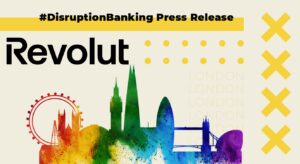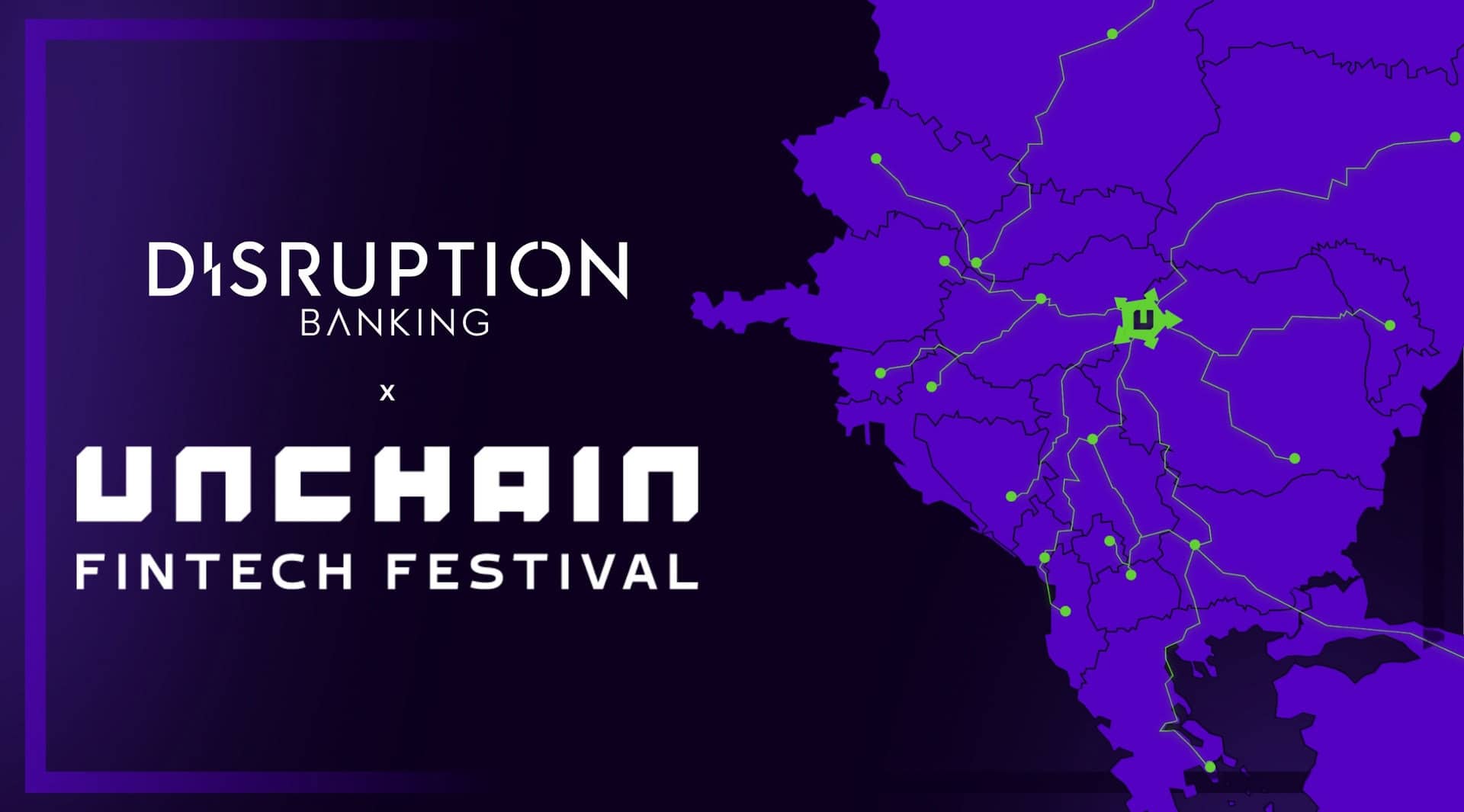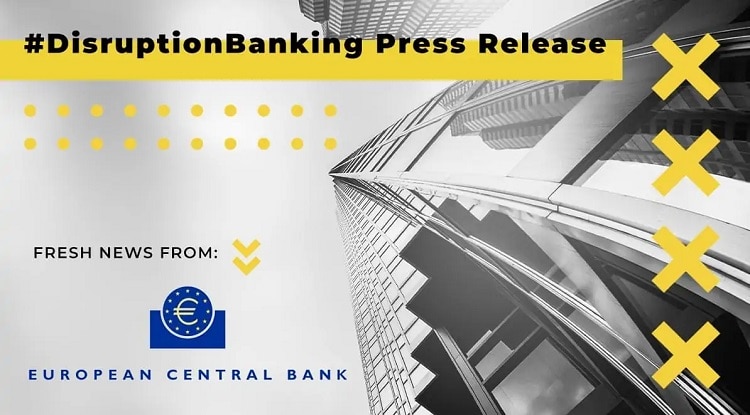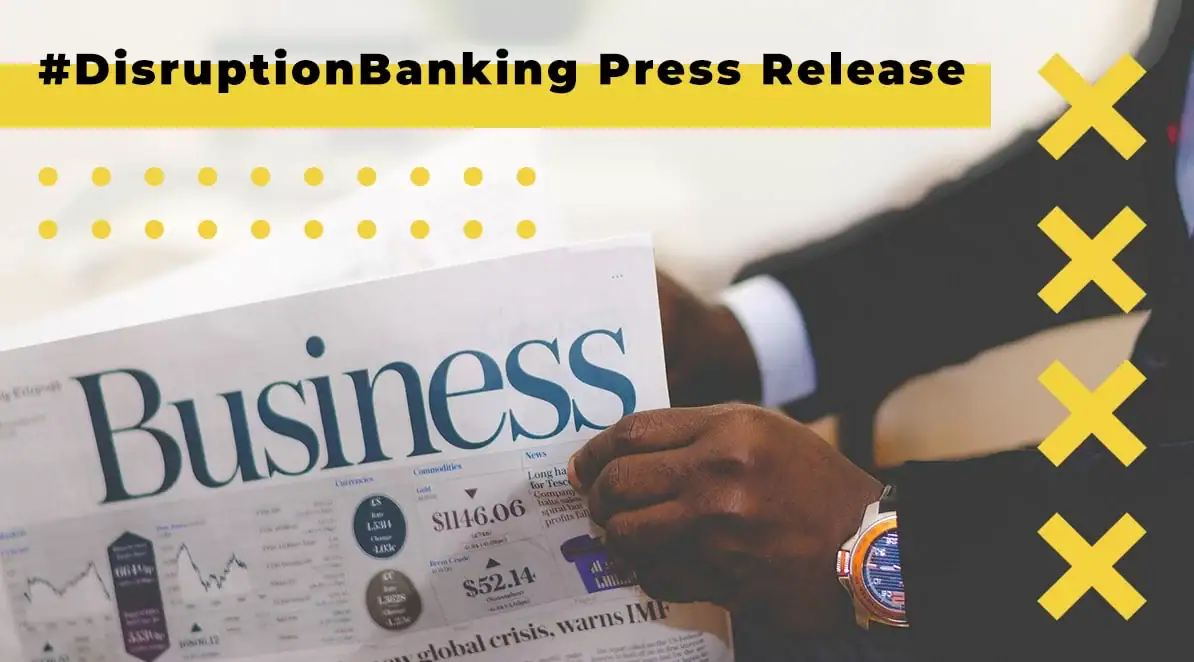The situation at the southern border had been deteriorating long before Trump was president. Two decades ago, the drug war officially started, and there were so many disappearances that Ciudad Juárez, on the other side of the border from El Paso, Texas, became the most dangerous city in the hemisphere.
El Paso was already 67% Latino in the 1990s. Nowadays, it’s 81.6%. Parts of the border already had barricades twenty years ago, but migrants just came better prepared with tools to make holes in the wall. The walls grew taller and they brought ladders. After the barbed wire was unspooled on the banks of the Rio Grande, they brought bolt cutters.
Now, the path North is stretching further South, like South America. Last year, 400,000 migrants crossed the Darién Gap between Panama and Colombia, bound for Northerly climes. In just a few years, what had been a mere trickle of people passing through a remote sliver of jungle has become a flood.
At some point last month, the 500,000th Venezuelan migrant of the 2020s crossed the #DarienGap. 61% of all #migration there since Jan 2020.
— Adam Isacson (@adam_wola) February 10, 2024
36,001 people migrated through the Darién in January. Up from December but still 4th fewest of the last 12 months.https://t.co/VGJ6stA3ry pic.twitter.com/pySLwKmgp6
There are no roads in the region. The Pan-American highway, extending from the tundra in Alaska to Tierra Del Fuego on the southern tip of Argentina, doesn’t exist in this 60 miles of underpopulated terrain.
Mind The Gap
Migrants undertake the journey on foot, taking a system of treacherous trails through intersecting waterways, weaving up and down mountaintops into the southern reaches of Panama.
Most migrants are bound for the United States. Of those that make it, it’s a game of chance where they end up. Thanks to Republican governors in border states, they can now board a state-sponsored bus to a buffet of former and current Sanctuary Cities.
It’s estimated 168,000 migrants have come to New York City in the past year and a half, and it’s caused quite an impression. The Big Apple is a right-to-shelter city, meaning that if a person asks for shelter, the city must provide it.
Homeless shelters, tent cities, hotels, and recently a school have all been put to use to house migrants, racking up a $2 billion bill, expected to balloon up to $12 billion by the end of 2025. Mayor Adams has routinely highlighted the strain being placed on the five boroughs, visited Washington to make his case and even visited the Darién Gap in October to counter disinformation and discourage migrants from traveling north.
“Our plan is to stop the tide and stop the flow coming into the city,” the mayor said to reporters when returning from his trip. “And we believe there’s ways to do it, particularly by partnering with Colombia.”
The mayor’s hopeful statement of a working partnership with Colombia echoes an earlier announcement in April of 2023 by the Biden Administration of a new joint effort with Colombia to stop the migration north.
However, the Colombian government, despite the assertions of U.S. politicians, isn’t so quick to comply with U.S. demands. On the contrary, a thriving cottage industry has sprung up in Acandí, the Colombian municipality that borders the Darién Gap. Local politicians, businessmen, and vendors have all gotten in on the act, selling newly arrived migrants essential services, food, boat transport, and guides for their traverse through the Panamanian jungle.
Acandí is a historically poor region with little industry to drive its economy. Now it’s raking in the dough.
The Colombian state turns a blind eye to the Gap, perhaps due to the hegemonic presence in the region of the Gaitanist Self-Defense Force of Colombia, popularly known as Clan del Golfo or the Gulf Clan, Colombia’s preeminent narco-trafficker, which controls Acandí and the surrounding area. The migrant moving racket is big business and the narco-trafficking group is in the middle of it, providing security along the trail while taking a cut for services rendered.
Whither goes this multitude of migrants?
Initially most traveling through Acandí and braving the dangers of the Darién Gap were Haitians who had fled their country in the aftermath of Haitian president Jovenel Moise’s assassination in 2021. Denied visas to the United States, Haitians fleeing violence had settled temporarily in South America and then plodded north on foot. However, their path north would not remain secret for long.
After news and social media accounts of the journey through the gap were widely shared, word of the route spread like wildfire. In the span of a year, the nationalities of those traveling through the Darién Gap completely changed. Now the vast majority of those traversing the gap are Venezuelan, joined by migrants as far away as Afghanistan and China.
How such a sudden shift occurred requires a bit of context. First, in the wake of growing violence and an economy in freefall, nearly 2 million Venezuelans have fled to Colombia in the past decade. Trying to get ahead of the situation, In February of 2021, Colombian President Iván Duque granted legal status to 1.7 million Venezuelans who were “forcibly displaced.”
While the decision was applauded by worldwide human rights advocates, the added presence of nearly 2 million people to a population of 50 million has heavily strained Colombia’s economy. In Colombia, work is scarce and doesn’t pay well. Faced with this economic reality, hundreds of thousands of Venezuelans decided to try their luck up north.
The Rise of Migrant Influencers
The groundswell of people traversing the gap has led to a simultaneous spillover of content on social media documenting and advertising the route.
Thousands upon thousands of videos appear on Youtube, Facebook, Instagram and Tiktok, detailing every step of the journey. Migrant influencers have emerged, and there Facebook groups with tens of thousands of members from Venezuela and other countries outside of the Americas.
The New York Times recently did an expose and then, Tucker Carlson interviewed the journalist.
via @NYTimes @BretWeinstein #BretWeinstein is calling for more MSM stories about the #DarienGap https://t.co/iNSjZhL20m
— Cleaver Greene (@whereisunruh) February 2, 2024
Consequently, the Darién Gap has also become a lightning rod for MAGA influencers.
I have never ever watched a #tuckercarlson show in my life. But someone shared and pleaded with me to watch I shook. Why? Because this piece about the #dariengap shows evidence of just how far the #BorderCrisis has been coordinated. Share https://t.co/ywHoujOyDz
— JX (@JXponys) February 5, 2024
Meanwhile, the gerontocracy in the United States grapples with a basic understanding of how social media works. Two steps behind, U.S. politicians claim progress is being made in Colombia.
However, current Colombian President Gustavo Petro has publicly stated he has no interest in stopping the flow or playing jailor to Venezuelan migrants. And why should he? The c Gap effectively serves as a release valve for the pressure 2 million Venezuelans cause on Colombia’s economy.
“The Venezuelan diaspora is not a problem of Colombia’s making,” Petro says.
To understand the origin of Venezuela’s economic and humanitarian crisis, according to the Colombian president, one need look no further than U.S. sanctions.
While Petro’s predecessor Iván Duque cozied up to Trump, Petro seems a bit more circumspect in his dealings with Biden. He has suggested, as an alternative to closing the border, that the U.S. pay a bonus to Venezuelans who have fled their homeland so that they may afford to return to Venezuela.
It’s hard to imagine Congress going along with such an idea. And yet, the White House talks of success in Colombia. All the while, Petro speaks openly, candidly and critically of the horrors of economic sanctions and U.S. intervention, a history which dates back to an 1899 land dispute between Venezuela and British Guiana (covered in a previous Disruption Banking article by yours truly).
The scope of the current migration has rankled U.S. politics at a time when division over the destiny of the nation was already more bitter than it has been in a century. There’s no easy fix to the problem, not even with the rare compromise that recently fell apart in Congress.
It’ll probably get worse before it gets better.
Author: Matt Collison
The editorial team at #DisruptionBanking has taken all precautions to ensure that no persons or organizations have been adversely affected or offered any sort of financial advice in this article. This article is most definitely not financial advice.


